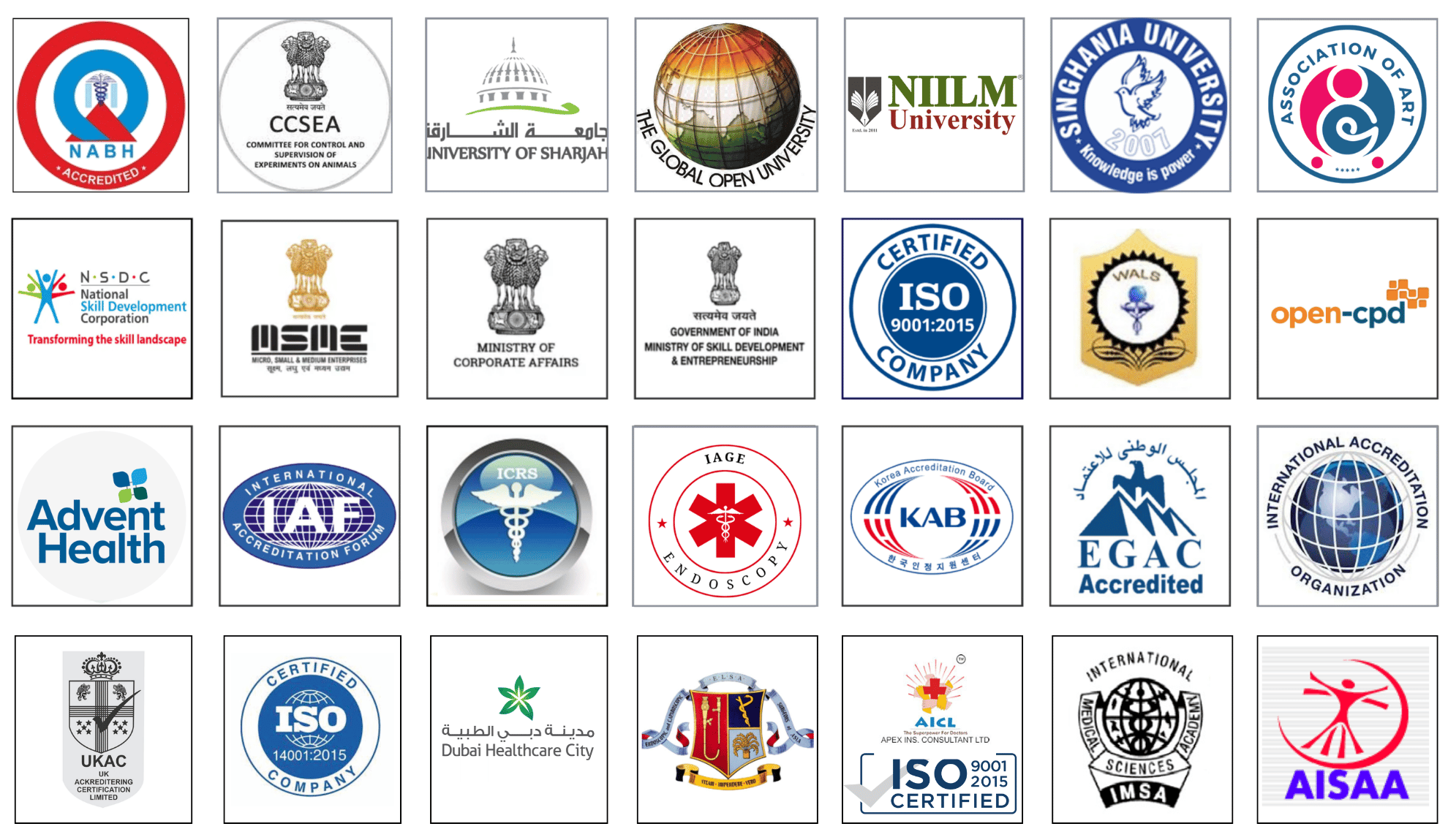Beyond the Scalpel: Robotic Surgery's Advantages Explored
Introduction
Robotic surgery has emerged as a transformative technology in the field of medicine, revolutionizing the way surgeries are performed. With its ability to enhance precision, flexibility, and outcomes, robotic surgery is rapidly becoming the preferred choice for many procedures. This article explores the advantages of robotic surgery over traditional methods, delving into its impact on patient care and the future of surgery.

Enhanced Precision and Accuracy
One of the key advantages of robotic surgery is its ability to enhance precision and accuracy. Unlike traditional surgery, where surgeons rely solely on their hands and eyes, robotic surgery allows for more controlled and precise movements. The robotic arms used in surgery are equipped with tiny instruments that can rotate and bend with far greater dexterity than the human hand. This level of precision is particularly beneficial in delicate procedures, such as cardiac surgery or neurosurgery, where even the smallest error can have serious consequences.
Reduced Risk of Complications
Another significant advantage of robotic surgery is the reduced risk of complications. The enhanced precision of robotic surgery means that surgeons can perform procedures with greater accuracy, minimizing the risk of damage to surrounding tissues and organs. This can result in fewer complications during and after surgery, such as infections, bleeding, and nerve damage. Additionally, robotic surgery often requires smaller incisions than traditional surgery, which can further reduce the risk of complications and promote faster healing.
Faster Recovery
Times Robotic surgery is associated with faster recovery times compared to traditional surgery. The smaller incisions used in robotic surgery result in less trauma to the body, leading to reduced pain and discomfort for patients. Additionally, the enhanced precision of robotic surgery means that there is less disruption to surrounding tissues, allowing patients to recover more quickly. Studies have shown that patients who undergo robotic surgery often experience shorter hospital stays and faster return to normal activities compared to those who undergo traditional surgery.
Improved Outcomes
The precision and accuracy of robotic surgery can lead to improved outcomes for patients. Studies have shown that robotic surgery is associated with lower rates of complications, such as infections and blood loss, compared to traditional surgery. Additionally, the ability of robotic surgery to access hard-to-reach areas of the body means that surgeons can often remove tumors or diseased tissue more effectively, leading to better long-term outcomes for patients. Overall, the improved outcomes associated with robotic surgery can lead to a better quality of life for patients.
Expanded Surgical
Capabilities Robotic surgery has expanded the capabilities of surgeons, allowing them to perform complex procedures that were once considered too risky or difficult. For example, robotic surgery has been used to perform minimally invasive heart surgery, which was previously only possible through open-heart surgery. Similarly, robotic surgery has been used in urology to perform prostatectomies with greater precision and accuracy. As robotic technology continues to advance, it is likely that the range of procedures that can be performed robotically will continue to expand, further enhancing the capabilities of surgeons.
Challenges and Limitations
While robotic surgery offers many advantages, it is not without its challenges and limitations. One of the main challenges is the cost associated with robotic surgery. The equipment and training required for robotic surgery can be expensive, making it inaccessible to some patients and healthcare facilities. Additionally, there is a learning curve associated with robotic surgery, and surgeons must undergo specialized training to become proficient in its use. Finally, not all procedures are suitable for robotic surgery, and there are certain limitations to what can be achieved with current robotic technology.
Conclusion
Robotic surgery represents a significant advancement in the field of surgery, offering numerous advantages over traditional methods. From enhanced precision and accuracy to reduced risk of complications and faster recovery times, robotic surgery has the potential to improve patient outcomes and revolutionize the way surgeries are performed. While there are challenges and limitations associated with robotic surgery, ongoing advancements in technology are likely to further enhance its capabilities and make it an increasingly important tool in the surgeon's arsenal.






